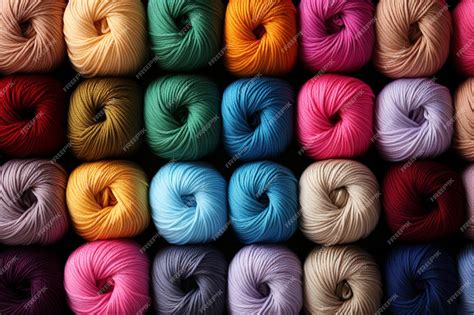Introduction

Yarn braids, an intricate and versatile hair styling technique, have gained immense popularity in recent years. However, the choice of yarn plays a pivotal role in determining the outcome of your braid creations. In this comprehensive guide, we will delve into the world of yarn for yarn braids, exploring its types, properties, and innovative applications.
Types of Yarn for Yarn Braids
The vast array of yarn options available can be overwhelming, but understanding their distinct characteristics will help you make informed choices.
Acrylic Yarn
- Affordable
- Soft and comfortable
- Wide range of colors and textures
- Prone to pilling and fraying
- Less durable than other materials
Cotton Yarn
- Natural and breathable
- Strong and durable
- Absorbs moisture
- Can be prone to shrinking and stretching
- Limited color selection
Polyester Yarn
- Synthetic and water-resistant
- Vibrant colors
- Resistant to fading and shrinking
- Smooth and silky texture
- Can be less breathable than natural fibers
Wool Yarn
- Warm and insulating
- Natural and sustainable
- Soft and luxurious
- Can be itchy and expensive
Properties to Consider
Beyond material composition, several other properties influence yarn suitability for yarn braids:
Thickness
- Determines the volume and weight of the braid
- Thinner yarns create delicate and intricate designs
- Thicker yarns add boldness and texture
Texture
- Adds visual interest and complexity
- Smooth yarns give a sleek, polished look
- Textured yarns (e.g., fuzzy, ribbed) create unique effects
Color
- Reflects personal style and preferences
- Use multiple colors to create vibrant, eye-catching braids
- Consider hair color and skin tone for harmonious pairings
Innovative Applications for Yarn Braids
The versatility of yarn for yarn braids extends beyond traditional hair styling, inspiring numerous creative applications:
Yarn Wraps
- Wrap yarn around plain hair ties for a decorative touch
- Use contrasting colors or textured yarns to add flair
Yarn Extensions
- Braid yarn extensions into natural hair for added length and volume
- Create ombré effects by blending different yarn colors
Yarn Dreadlocks
- Use yarn to create faux dreadlocks
- Experiment with various yarn textures and colors to achieve unique looks
Yarn Accessories
- Weave yarn into headbands, hairbands, and hair clips
- Add yarn tassels or pom-poms for a playful touch
Common Mistakes to Avoid
To ensure successful yarn braid creations, avoid these common pitfalls:
- Using low-quality yarn: Inferior yarns can fray, pill, or fade quickly.
- Overtightening braids: Excessive tension can damage hair and lead to discomfort.
- Leaving braids in for too long: Extended wear can cause tangles and matting.
- Not sealing braid ends: Unsealed ends unravel easily, compromising braid integrity.
Pros and Cons of Yarn Braids
Pros:
- Adds color, texture, and volume to hair
- Versatile styling options
- Relatively affordable
- Temporary and easy to remove
Cons:
- Can be time-consuming to create
- May cause tangles if not maintained properly
- Not suitable for all hair types or scalp conditions
Conclusion
Yarn for yarn braids offers a wealth of creative possibilities for hair enthusiasts. By understanding the types, properties, and applications of yarn, you can elevate your hair artistry to new heights. Experiment with different materials, textures, and colors to unleash your inner stylist and transform your hair into a vibrant and unique expression of your individuality.
